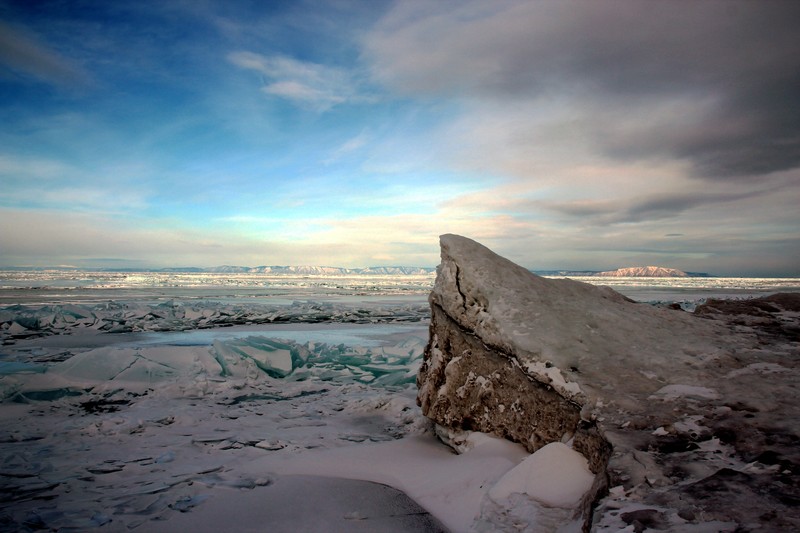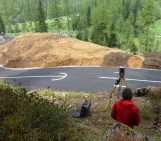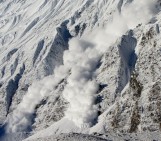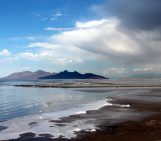Dmitry Vlasov, a PhD Student and junior scientist from Lomonosov Moscow State University, brings us this week’s Imaggeo on Mondays. He shares his experience of taking part in a student scientific society expedition to Lake Baikal.
This picture shows icy shores of Lake Baikal – a UNESCO World Heritage Site and the world’s largest natural freshwater reservoir (containing about one fifth of Earth’s unfrozen surface freshwater). It is also the deepest lake on our planet (1,642 m).

The icy shores of Lake Baikal. (Credit: Dmitry Vlasov, via imaggeo.egu.eu)
The aim of the expedition was to do an eco-geochemical assessment of the environment in and around Ulan-Ude (the capital of Republic of Buryatia). Snow samples were collected all around the city to determine their chemical composition and the concentrations of different chemical elements present in the snowpack. We also studied the isotopic composition of snow to help find the sites where air masses form.
Weather-wise, we were lucky – according to locals this winter was a warm and snowy one. The temperature was (only!) -25 to -33 degrees Celsius. Times were tough when strong, cold and piercing winds froze our hands and faces.
To find out the impact of transport and industry on the snow’s chemical composition within the city, we took background snow samples at different distances and in and around it. One such area was set to the northeast of the city, close to the Turka and Goryachinsk settlements across the notch from Ulan-Ude. This photo was taken in that exact spot. It took about 2.5 hours to make the 170 km journey from Ulan-Ude by car, but we didn’t regret it. The scenery was amazing! The cover of ice over the lake sparkled bright blue, despite being exceptionally transparent. Because of the water’s choppy nature, ice on the Lake Baikal often cracks and billows to form a chain of miniature ice mountains, alternated with relatively smooth ice plains. I’d never seen anything like this before.
All the participants were very excited about expedition – it showed the students different sides of scientific life: work in rather hard weather conditions, analytical lab studies, route planning and of course the breathtaking beauty and outstanding power of nature.
By Dmitry Vlasov, PhD Student and junior scientist, Lomonosov Moscow State University
Acknowledgement:
The expedition was carried out with the financial support of the Russian Geographical Society and the Russian Foundation for Basic Research (project № 13-05-41191 and project RGS “Complex Expedition Selenga-Baikal”).
Imaggeo is the EGU’s open access geosciences image repository. Photos uploaded to Imaggeo can be used by scientists, the press and the public provided the original author is credited. Photographers also retain full rights of use, as Imaggeo images are licensed and distributed by the EGU under a Creative Commons licence. You can submit your photos here.



